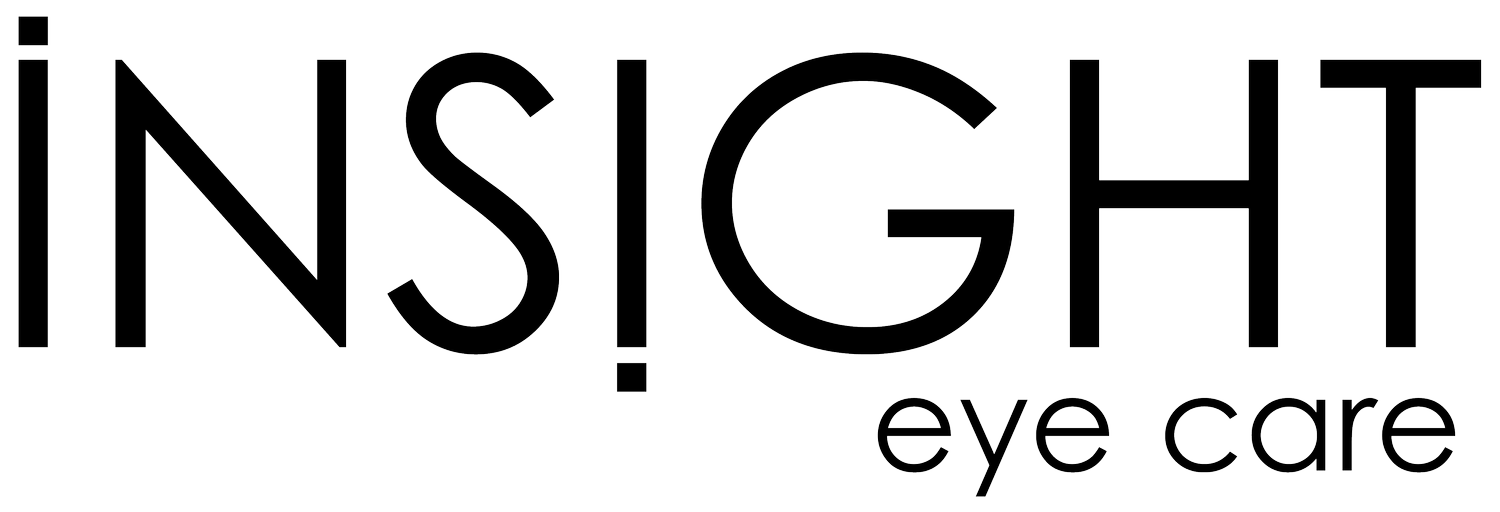Myopia and Axial Length Explained
Dr. Diana Balcarras Berg, B.Sc., O.D.
Understanding Your Eye Examination
During a regular routine eye examination, your child will have their vision tested in traditional methods including measuring the visual acuity (reading the letters on the eye chart), checking the prescription, testing binocular vision (how well the eyes work together) and assessing ocular health. Future risks and treatment options are then discussed based on your child’s specific needs. For example, different treatment options are required for farsighted (hyperopic) and nearsighted (myopic) eyes at varying ages and stages of development.
During a myopia management examination, very detailed tests and measurements are taken to create a baseline in order to specifically monitor nearsightedness (myopia) very closely and watch for change over time. We know there are risks involved with progressing myopia and our patients are followed closely and treatment is adjusted based on progression.
Myopia Explained
Myopia is commonly referred to as nearsightedness. It refers to the fact that myopic patients can see well at near, but have poor distance vision.¹ Myopia occurs if the refractive surfaces (for example, the front surface called the cornea) of the eye are too curved and/or if the distance from the front to the back of the eye (axial length) grows too long. If this happens it causes light to fall in front of the retina, which results in distance images appearing blurry. Especially in juvenile onset myopia, the eye is too long and can continue to increase as the child gets older.² Vision correction, like glasses and/or contact lenses, is required to help patients with myopia to see clearly in the distance.
Axial Length Explained
“Axial length” refers to the measurement of the eye from the front surface (cornea) to the back surface (retina). As the axial length continues to increase as a child gets older, this can lead to reduced visual acuity, higher prescriptions and is associated with ocular health problems like retinal detachments, cataracts, glaucoma and myopic maculopathy.² ³ Axial length starts increasing even before a child shows signs of myopia. If the axial length increases at a rapid rate, it is a predictor of future myopia.⁴
Axial Length Technology (“MYAH”)
All doctors will measure myopia progression by monitoring the visual acuity and progressing prescription. However, we also know that one of the key ways to monitor for myopia progression is to measure the actual length of the eye. Therefore, if our patients show an increase in the risks of myopic progression they are often given the option to enrol in our myopia management treatment program, which involves taking axial length measurements in regular intervals.
This measurement needs to be very accurate so we use a highly sophisticated device called the “MYAH” to take this measurement. This technological device precisely measures the axial length of the eye so we can monitor if the treatment method is adequately slowing down the growth of the eye and if the treatment plan needs to be modified.
These images show the actual MYAH device that we have at Insight Eye Care.
When the patient is doing the test, they are asked to simply place their head on the chin rest and look at a target. The machine does the rest of the work! No pain, no touching the eye, no puff of air…it is completely pain-free and non-invasive.
This 8-year-old is using the MYAH for the first time at Insight.
The MYAH device can also perform other tests like corneal topography (creates a map of the surface of the eye), pupillometry (measures the size of the pupil in different amounts of light) as well as a myriad of dry eye assessment & contact lens fitting tools. We can utilize this technology platform to accurately assess each patient’s progress and specific needs.
This image shows an example of a corneal topography scan
Conclusion
As you can see, axial length is a critical measurement in myopia management. Having the necessary tools and baseline measurements are key to following evidence-based practice and enables us to offer the highest level of myopia management care to our patients. We are proud to be one of the first offices in Waterloo Region to offer comprehensive myopia management services including spectacle lenses, contact lenses, atropine therapy, and orthokeratology to combat myopic progression.
We welcome you to click here to book a myopia management eye examination with one of our skilled optometrists.
-
1. Myopia (nearsightedness). American Optometric Association. https://www.aoa.org/healthy-eyes/eye-and-vision-conditions/myopia?sso=y
2. Gifford KL, Richdale K, Kang P et al. IMI – Clinical Management Guidelines Report. Investigative Ophthalmology & Visual Science 2019;60:M184-M203.
3. Chamberlain P, Peixoto-de-Matos S, Logan NS et al.- A 3-year Randomized Clinical Trial of MiSight Lenses for Myopia Control. Optometry & Vision Science 2019;96(8):556-567.
4. IMI – Clinical Management Guidelines Report. Investigative Ophthalmology & Visual Science February 2019, Vol.60, M184-M203. doi:https://doi.org/10.1167/iovs.18-25977








